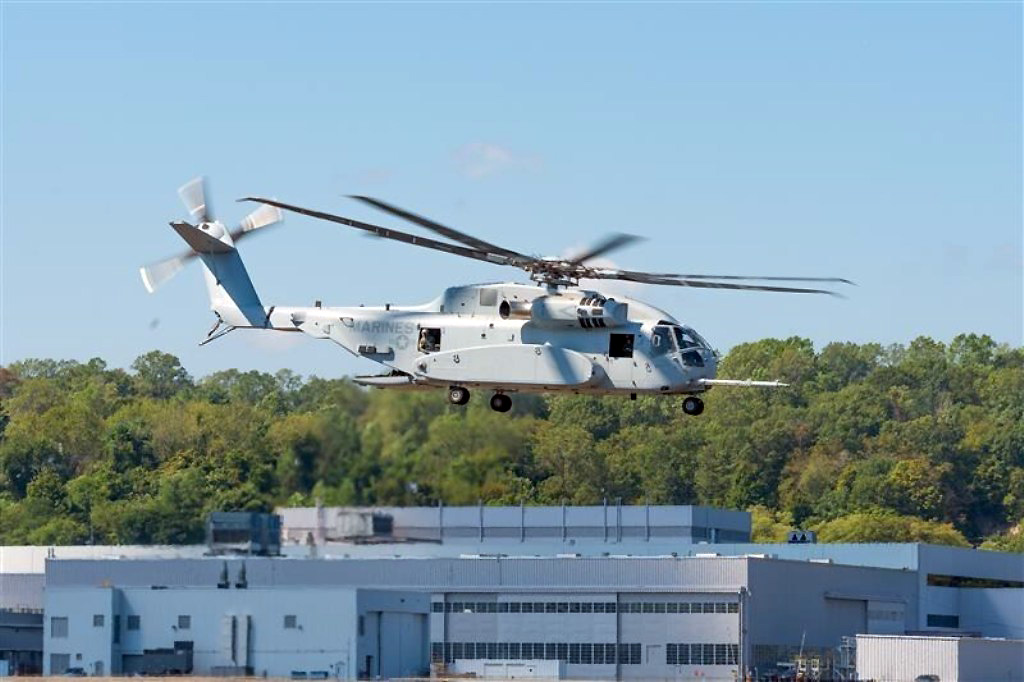China’s Escalating Military Capabilities: Implications for U.S. Defense Strategy
Recent developments indicate a swift enhancement of China’s military capabilities, including advanced space technologies and next-generation aerial combat systems. This evolution not only heightens China’s assertiveness in the Indo-Pacific but also signifies a broader strategic reach across various global theaters, prompting a reevaluation of U.S. military innovation and readiness.
Expanding Global Presence
Lt. Gen. Max Pearson, Deputy Chief of Staff for Intelligence in the U.S. Air Force, emphasized during a panel at the AFA’s Air, Space, and Cyber conference that the challenge posed by China extends beyond the purview of the Indo-Pacific Command (INDOPACOM):
- Military Installations: China’s People’s Liberation Army (PLA) is actively pursuing military outposts and cooperative military agreements across regions such as Asia, the Middle East, and Africa.
- Partnerships: Recent collaborations have included joint strategic bomber and naval patrols with Russia and exercises involving multiple nations, including Iran.
The urgency of the situation is underscored by Beijing’s recent military showcase and reports of substantial advancements in naval capabilities, including the launch of next-gen fighter jets from the Fujian aircraft carrier.
Strategic Insights and Recommendations
Pearson pointed out that the PLA is closely studying U.S. combat methodologies, which poses a direct challenge to American defense strategies. The following insights were drawn from his analysis:
- Adaptation: The PLA has deliberately modernized its forces to counter U.S. tactics and weaponry, using strategies informed by observed American military operations.
- Innovation Need: There is an imperative for U.S. forces to innovate rapidly to maintain an edge in combat capabilities and techniques.
Brig. Gen. Brian Sidari, Deputy Chief of Space Operations for Intelligence, echoed similar concerns, highlighting the necessity for a proactive approach in addressing the Chinese military evolution:
- Global Thinking: The U.S. must adopt a simultaneous operational mindset rather than a sequential one, presenting diversions globally to compel China into a reactionary posture.
- Space Capability Development: Sidari expressed particular concern regarding China’s pace in developing space capabilities, specifically emphasizing the importance of innovations in reusable launch systems. Should China succeed in this domain, the dynamics of space operations could shift considerably.
Challenges Posed by Strategic Parallels
Despite lagging behind the U.S. in the total number of satellites, Sidari noted that advancements in reusable launch technology could enable China to deploy larger payloads more efficiently. This potential enhancement may allow China to emulate U.S. mega-constellation strategies, which leverage large arrays of low-Earth orbit satellites to augment military capabilities.
- Response to U.S. Innovations: China’s recognition of how mega constellations empower U.S. forces underscores the importance of vigilance in U.S. defense planning.
- Implementation Challenges: While Sidari acknowledges China’s ambitions, he also cautions that executing such strategies is inherently complex and fraught with challenges.
The evolving relationship between U.S. and Chinese military capabilities necessitates a comprehensive reassessment of defense policies and operational strategies. By fostering innovation and adapting to the changing landscape of global military dynamics, the U.S. can better prepare to navigate the complexities introduced by China’s expanding military presence.





